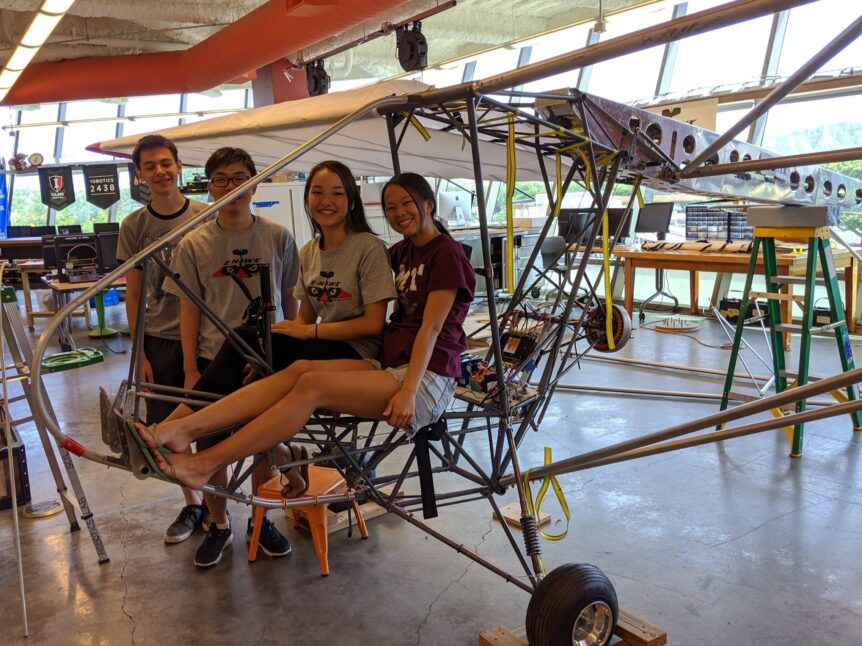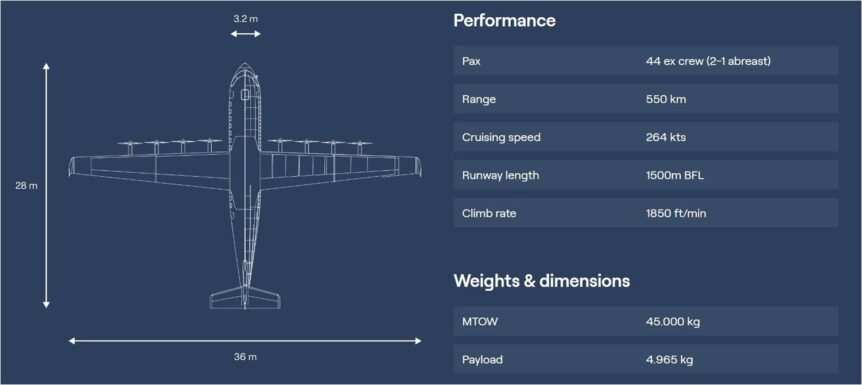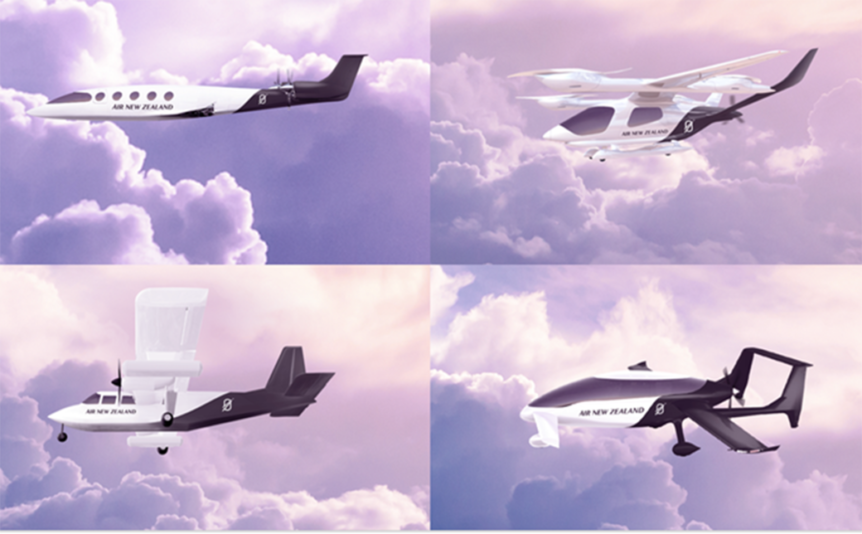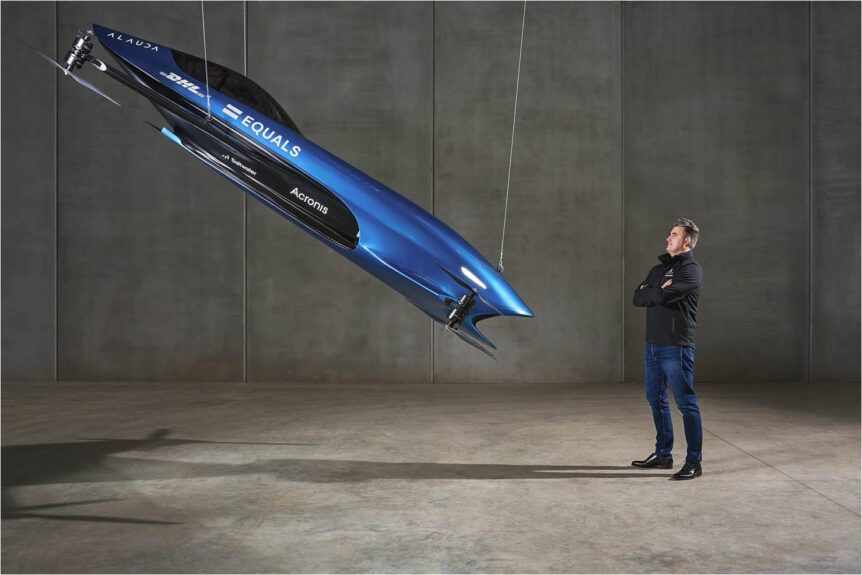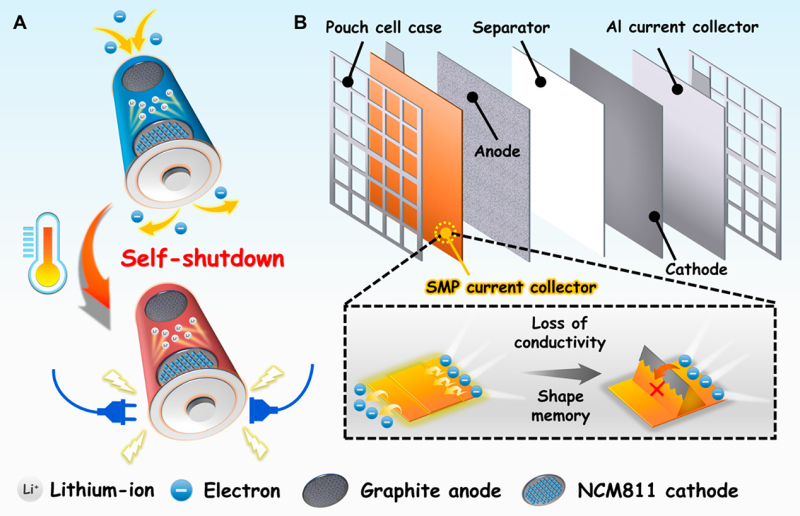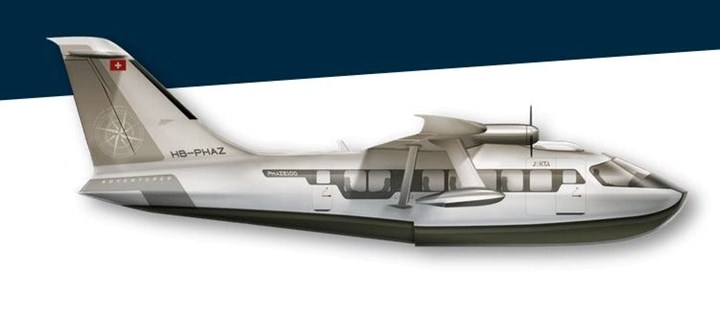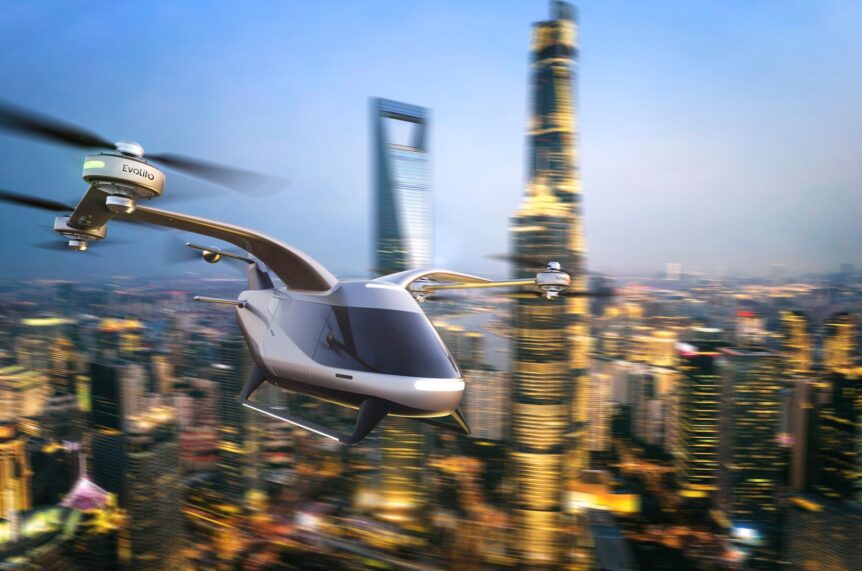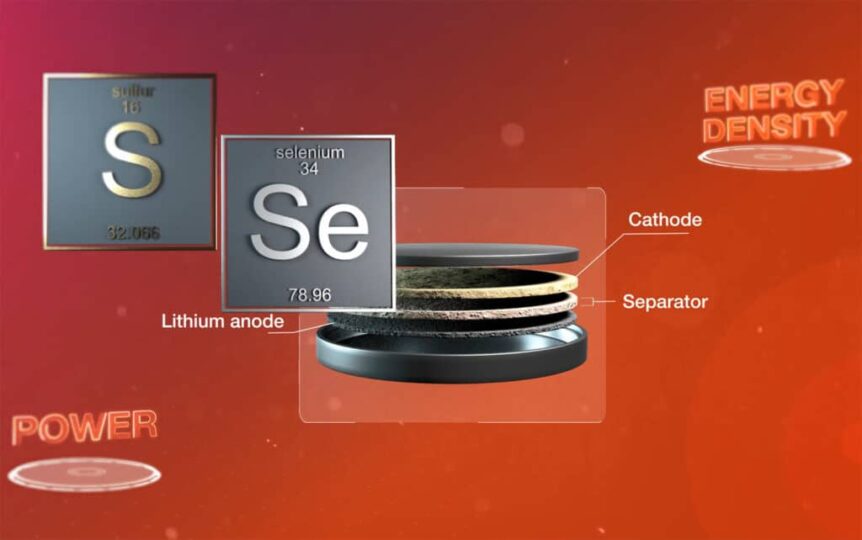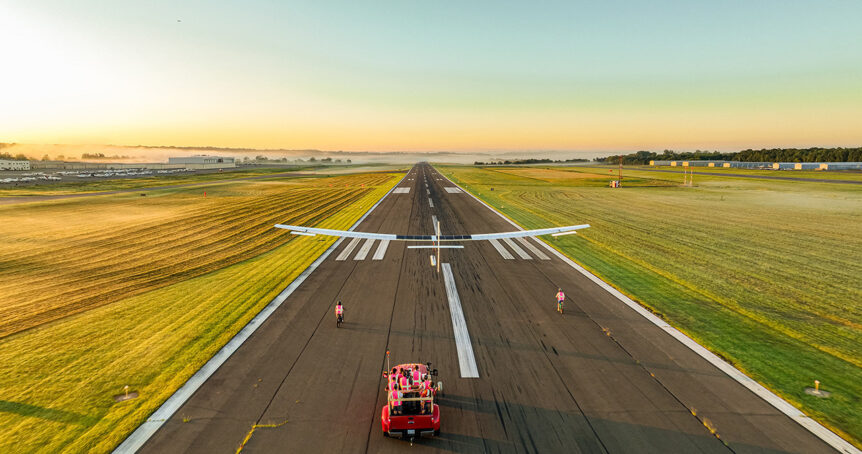Take a skillful design by an ultralight aircraft expert, add a small but dedicated group of high school students, a versatile advisor, and you end up with an electric aircraft that incorporates cutting edge innovation with a traditional airframe. Iolani High School’s E-Hawk has been flying over Hawaii for the last few months, a reminder of how skilled and talented today’s high schoolers can be. Your editor did an article for Kitplanes magazine about their endeavors, with great help from the students and their advisor, Martin Emde. The most surprising part of that story was how many electronic systems were essentially designed and fabricated by the students. These included battery packs and some fairly sophisticated instrumentation. For instance, this motor monitor is a bespoke device, designed, programmed, and crafted by the students. Some of the readouts from the instrument show up on the right side of the screen in the video below, part of the November 25 flight. Mike Friend, …
Delft’s Maeve 01 Dreams Big
The Maeve 01 is the latest big dream from The Netherlands’ Delft Technical University – which seems to be a resource-rich aeronautical community producing myriad flying machines. The airplane comes with a novel recharging system, the Maeve ReCharge network – all to provide “Aviation for a generation that wants to travel, not pollute.” The eight motors spanning its high-aspect ratio wings could be replaced by six, but that depends on replacing the eight 1.2 megawatt (1609 hp.) motors with 1.5 megawatt (2,012 hp.) units. This seems plausible, since Jeff Engler’s Wright Electric has recently tested a 2 megawatt (2,682 hp.) motor and ZeroAvia plans on delivering 2 MW units to retrofit DeHavilland Dash 8s within the next few years. One possible downside would be having less of the 36-meter (118.1 foot) wing swept by the propellers. Maeve founder Jan Willem Heinen explains the eight motors and their possible replacement by six more powerful units. “The reason why we went for …
Air New Zealand Plans for Zero Emissions
Air New Zealand has a five-part plan for reducing and even eliminating aviation emissions with some well-defined approaches and goals. The airline hopes to achieve net zero by 2050, with demonstrable steps toward that starting now. Five Key Elements ANZ will rely on five key elements in its quest for zero-emission flight. They are already involved in producing sustainable aviation fuel (SAF), partnering with makers of zero emission aircraft technologies, renewing their fleet, reducing carbon emissions through improved flight and ground operations, and removing carbon using best known techniques. You can read the full sustainability report here. Producing SAF Sustainable aviation fuel (SAF), explains Air New Zealand, “Is made from a variety of sustainable resources other than crude oil, such as used cooking oils, landfill waste, forestry waste, carbon captured from the air and green hydrogen. It has the potential to dramatically reduce lifecycle carbon emissions by up to 80 percent or more compared with traditional jet fuel.” Since New …
Electric Air Racing News
Electric Air Racing is a modern take on an age-old idea. Ever since people tamed horses, the idea of comparing their speeds became important. Boats, cars, and aircraft followed the same path. As with horses, the idea that “racing improves the breed” held sway. Now, one Australian company and a major aeronautical organization hope to make air racing a path to the future. Alauda Aeronautics Matt Pearson founded the Airspeeder racing program with the credo, “Competition accelerates progress.” Toward that end, he partnered with Alauda, an Australian firm, to develop a group of high-performance aerial racers. Looking somewhat like the vehicles flown by Luke Skywalker in the Star Wars films, the “flying cars” certainly evoke a performance image. The team recently flew three Airspeeders via remote control with First Person View (FPV) technology helping ground-based pilots control their craft around a Alauda unabashedly uses the term “flying cars,” as in, “Racing to deliver a revolution in personal air mobility so …
Keeping Battery Fires at Bay
Keeping battery fires at bay is a constant irritant, if not downright hazard, in the electric vehicle world. Battery fires are particularly scary in aircraft, where help may be 35,000 feet below. Three different solutions have been introduced by industry and scholars, though, and may reduce, or even prevent such unfortunate occurrences. That the three solutions were featured in the same day’s postings of GreenCarCongress.com is a bit astonishing, but heartening. The three contenders appear below. The Honeywell and Nexceris Sniff Test Honeywell has a strategic alliance with Nexceris, developer of the Li-ion Tamer (a horrible pun, as you may have noticed) lithium-ion gas detection solutions. Instead of waiting for things to heat up, as happens in thermal runaways, the Honeywell-Nexceris team will develop the proactive detectors, which “sniff” the fumes of an incipient battery fire before it can even start. Honeywell and Nexceris will work with EV makers to install Li-ion Tamer sensors “on their gas detection systems control …
Jekta’s Amphibious Commuter Liner
Jekta’s amphibious commuter liner made its debut at the Abu Dhabi Air Expo 2022. The 10-motor amphibious, 19-passsenger craft could become a familiar sight at coastal landings around the world based on initial interest. Deena Kamel, reporting for The National News, revealed PHA-ZE 100, short for Passenger Hydro Aircraft Zero Emissions, is now in its design stage, “with a prototype scheduled for 2026 before entry into market by 2028,” according to Jekta CEO George Alafinov. Intended to transport people in mega-cities and coastal areas “sustainably and affordably,” according to the article, the 19-passenger is a response to a “world population with an appetite to travel safely, cheaply and ecologically.” Mr. Alafinov makes the case for amphibious craft. “The solution is in front of us: Instead of building airports with devastating irreversible environmental impact, we can use nature’s gift of oceans, lakes and rivers to create an affordable transport system using amphibian aviation.” Further making his case, he added, “Today’s seaplane …
Using Ford F-150 Lightnings to Charge a Pipistrel Alpha Electro
Using Ford F-150 Lightning pickups to charge a Pipistrel Alpha Electro will enable spectators at the Lafayette College-Lehigh football game to see an electric airplane flyover. Remy Oktay wants to perform at his school’s football game, and needs to fly the craft from Hartford, Connecticut to the game in Easton, Pennsylvania. Bringing Your Own Charging Stations Recent attempts to fly reasonably long distances with electric airplanes have shown a few limitations. Aside from the self-recharging craft like Solar Impulse or the Raymonds’ Solar-Flight Duo, planes with rechargeable batteries cannot go far without needing a compatible charger. We reported on several of these distance flight, noting the accommodations each made to fly beyond their home fields. Gabriel DeVault made a California outing into a search for viable charging station. Friend Bob Mackey flew a Maule along the route, carrying a charger to keep Gabriel’s eGull going. A Swiss team flew to the North Sea, with chase cars lugging their charging gear …
Evolito and ElectroFlight
A Profusion of Names Evolito is the new name for YASA motors that fly. YASA (Yokeless and Segmented Armature) motors are a product of Oxford University research, and have become a wholly-owned subsidiary of Mercedes-Benz. Mercedes is now creating and marketing a line of electric vehicles using the YASA motors. But what of aeronautical applications? With that in mind, Mercedes spun out Evolito, taking YASA skyward with “high-power density, light-weight electric motors and controllers for aerospace applications.” Evolito’s Managing Director, Gareth Morris, explains, “We’re building the future of electric flight with motors that have the highest power and torque densities in class with the ability to manufacture at scale, whilst achieving efficiencies of over 98%.” Although their web site claims the YASA configuration is a “revolutionary new approach” to motor design, it’s a careful revamping of the axial flux technology invented almost 40 years ago by Cedric Lynch, a self-taught English inventor. Evolito’s axial-flux motors contain significant improvements. Two motors …
SABERS – Solid State Batteries Designed for Aircraft
SABERS (Solid-state Architecture Batteries for Enhanced Rechargeability and Safety) is NASA’s approach to making batteries lighter, safer, hold more energy, and (we hope) be ready soon for flight. In fact, SABERS batteries are intended specifically to meet the challenges of aircraft applications. NASA TV reports, “Instead of housing each battery cell inside its own steel casing, as liquid batteries do, all the cells in SABERS battery can be stacked vertically inside one casing. SABERS can do 500 Watt-hours per kilogram, double that of an electric car.” Rocco P. Viggiano, one of the program’s researchers, explains, “Not only does this design eliminate 30 to 40 percent of the battery’s weight, it allows us to double or even triple the energy it can store, far exceeding the capabilities of lithium-ion batteries that are considered state of the art.” NASA points out, “Unlike liquid batteries, solid-state batteries do not catch fire when they malfunction and can still operate when damaged, making them attractive …
Electra Flies Dawn One, Solar Powered Climate Observatory
Dawn One is a solar-powered climate observatory, one of many to come and an outgrowth of a long career for John Langford, Electra Aero’s CEO, and collaborator with Professor James G. Anderson of Harvard University. A seeming callback to John Langford’s human-powered aircraft from his MIT days, Dawn One is a 90-foot span unmanned aircraft system (UAS) destined to fly at stratospheric altitudes (49.000 feet maximum) while observing data for quantitative forecasts of risks in the climate. We see its first flight from the Manassas Regional Airport in Virginia on September 9. The assistants in hot pink and orange vests are Hokies, part of Virginia Tech University, and whose name is explained in a lengthy Wikipedia entry. The “solar-battery hybrid electric research aircraft” is part of the Stratospheric Airborne Climate Observatory System (SACOS) program. The program will consist of “an ensemble of solar powered aircraft operating for months in the stratosphere,” each “ each “focused on critical climate observing missions …

